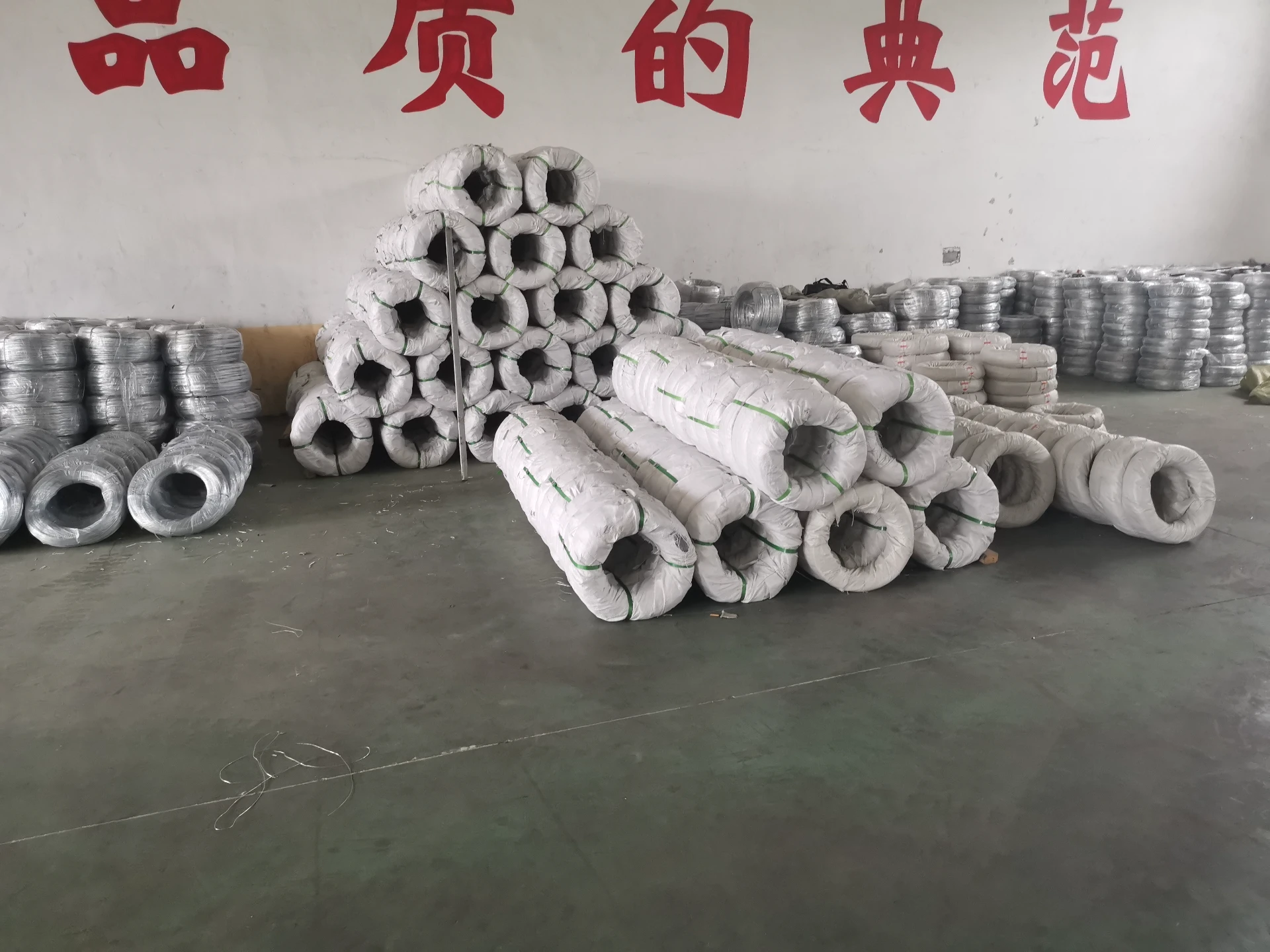hot dip galvanized wire
Understanding Hot Dip Galvanized Wire
Hot dip galvanized wire is a type of wire that has been coated with a layer of zinc through the hot dip galvanizing process. This method is widely employed to enhance the wire's resistance to corrosion, making it ideal for various applications, particularly in outdoor conditions or environments exposed to moisture.
The Hot Dip Galvanizing Process
The hot dip galvanizing process involves several key steps. First, the wire is thoroughly cleaned to remove any oil, dirt, or oxidation that may hinder the adhesion of the zinc coating. This cleaning process typically involves a combination of mechanical and chemical cleaning methods. Once cleaned, the wire is submerged in a bath of molten zinc heated to about 450 degrees Celsius (approx. 840 degrees Fahrenheit). The wire then undergoes a reaction where zinc bonds with the iron in the wire, forming a metallurgical bond. After the wire is removed from the zinc bath, it is cooled, solidifying the protective coating.
This process not only provides an effective barrier against corrosion but also ensures that the coating adheres strongly to the wire substrate. The result is a wire that can withstand harsh weather conditions, water exposure, and various chemicals, making it particularly valuable in construction and agricultural applications.
Applications of Hot Dip Galvanized Wire
Hot dip galvanized wire is renowned for its versatility and durability, which allows it to be used in numerous applications. One of the primary uses is in the fencing industry; it is often utilized to create livestock and agricultural fences that require substantial resistance to rust and wear. The long lifespan of hot dip galvanized wire means that it can effectively secure livestock and protect crops without the need for frequent replacements.
hot dip galvanized wire

In construction, this galvanized wire is used in concrete reinforcement and as a component in various structures that require high tensile strength. Its resistance to corrosion ensures that the wire can perform well in the harsh conditions often found at construction sites, contributing to the overall durability of buildings and infrastructure.
Additionally, hot dip galvanized wire is also used in the manufacturing of wire products, such as mesh fencing, chain link fences, and other wire-based solutions that require robust protection against corrosion
. The automotive industry utilizes galvanized wire in various components to improve longevity and performance, ensuring that parts remain functional even in challenging environments.Advantages of Hot Dip Galvanized Wire
The primary advantage of hot dip galvanized wire is its superior corrosion resistance. Compared to other forms of wire, the zinc coating provided through hot dip galvanization significantly extends the life of the wire, making it a cost-effective solution over time. Furthermore, the thickness of the coating can be controlled during the galvanizing process, allowing for customization based on specific requirements of different applications.
Another advantage is the maintenance-free nature of hot dip galvanized wire. Once installed, it requires minimal upkeep, allowing businesses and individuals to save time and resources that would otherwise go into maintaining and replacing less durable materials.
Conclusion
In summary, hot dip galvanized wire is a critical material known for its exceptional resistance to corrosion and versatility in various applications. The hot dip galvanizing process ensures a strong bond between the zinc coating and the wire, providing long-lasting protection in demanding environments. With its ability to serve in agricultural, construction, and manufacturing industries, hot dip galvanized wire remains an indispensable tool for ensuring stability and security in a variety of settings. Whether you're building a fence, reinforcing a structure, or manufacturing wire products, hot dip galvanized wire offers reliability, durability, and peace of mind.
-
Space-Saving Chain Fence Hacks Vertical Gardening with Cyclone MeshNewsJul.16,2025
-
Innovations in Iron Nail Wire Production for Modern ConstructionNewsJul.16,2025
-
Creative Uses of Wire Netting Fence in Modern Landscape DesignNewsJul.16,2025
-
Barbed Wire Fence Innovations in Anti-Climb TechnologyNewsJul.16,2025
-
Architectural Uses of Umbrella Nails for Aesthetic Roof DesignsNewsJul.16,2025
-
Architectural Uses of Razor Barbed Wire in Secure Urban DesignNewsJul.16,2025




